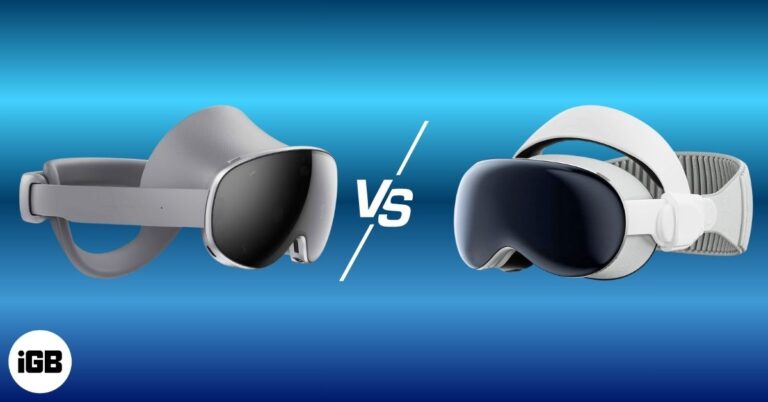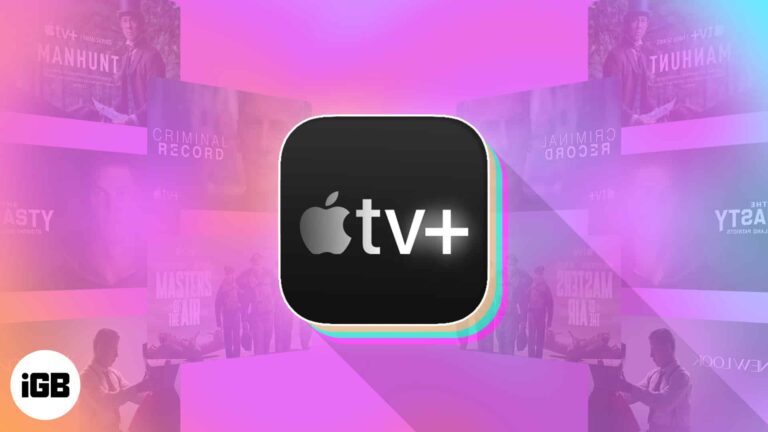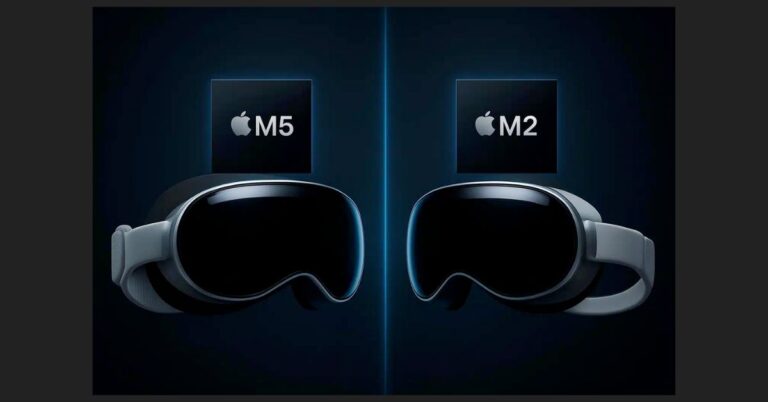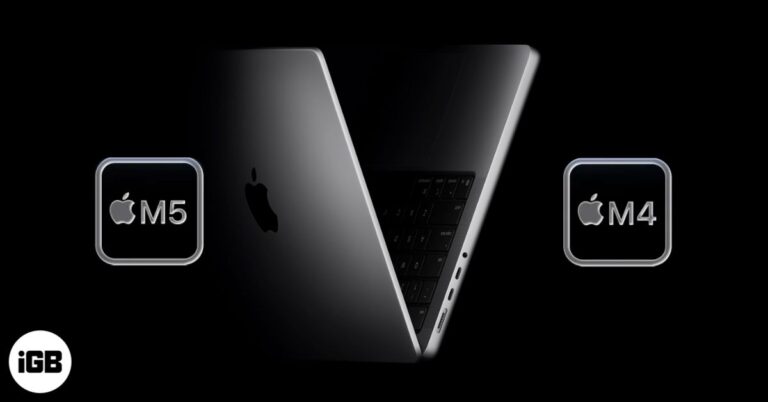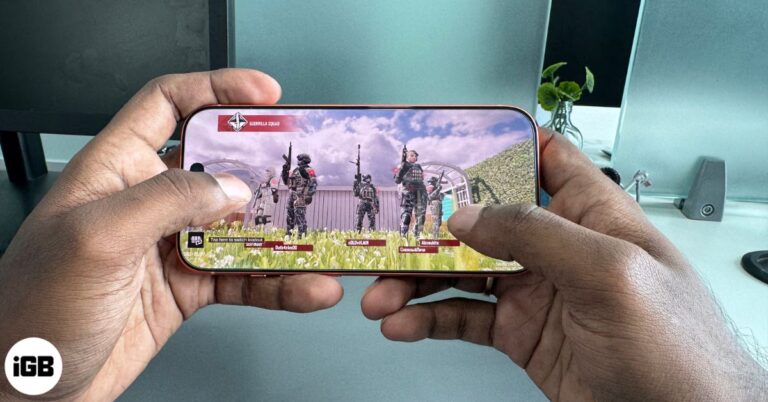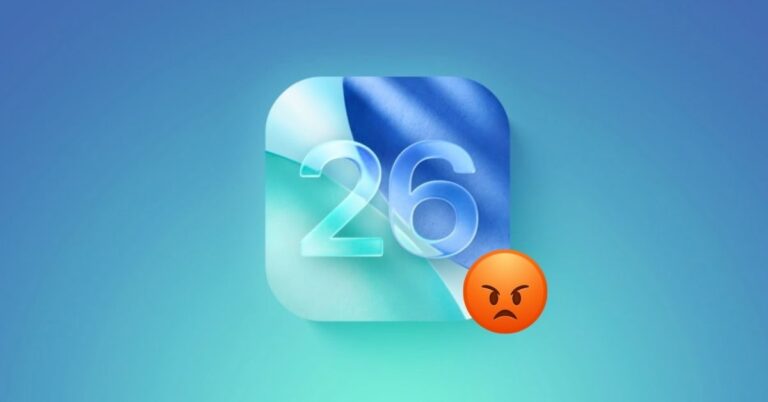RCS vs. iMessage: What is the difference?
Know all the differences between the two most popular messaging services.
For years, Apple’s iMessage has reigned supreme when it comes to instant messaging on Apple devices, with seamless integration and advanced features. Meanwhile, the RCS messaging protocol, aimed to modernize the traditional SMS/MMS services with several iMessage-like features, lacked universal adoption, as it was limited to Android phones.
However, with iOS 18, Apple has finally bridged the gap between the two most dominant messaging platforms by bringing the RCS protocol to iPhones. This guide details how iMessage and RCS compare, their features and limitations, and how this change impacts the messaging experience for both Apple and Android users.
What is RCS?
RCS (Rich Communication Services) is a messaging protocol designed to replace the age-old SMS/MMS services. It is built within the default messaging app on Android phones and iPhones (starting iOS 18) and offers all the modern-day messaging features available on WhatsApp, iMessage, and other messaging platforms. Unlike SMS and MMS, you can share photos, videos, documents, and more via Wi-Fi or cellular internet connection, through RCS.
Here are some key features of RCS:
- Cross-device functionality: Available on both Android and iPhone.
- Rich media support: Support for photos, videos, documents, voice notes, GIFS, and more.
- Typing indicator: Show you when the person on the other end is typing.
- Group chat support: Chat with multiple people at once in a group chat.
- No character limit: Unlike traditional SMS, RCS messages have no strict character limit.
- Messaging over the internet: Messages are sent over Wi-Fi or mobile data instead of relying on cellular networks.
- Enhanced privacy: Not all but some implementations of RCS, such as Google Messages, now support end-to-end encryption.
What is iMessage?
Debuted in 2011, iMessage is Apple’s proprietary messaging protocol designed exclusively for Apple devices and built into the Messages app. It allows Apple users to send text, photos, videos, voice notes, documents, and more to fellow Apple users via Wi-Fi or cellular data. This ensures Apple users do not need to rely on traditional SMS/MMS services when conversing with fellow Apple users.
Since iMessage is exclusive to Apple, messages sent to non-Apple devices are sent as regular SMS/MMS unless your iPhone runs on iOS 18, your carrier supports RCS, and you have enabled it.
Here are some key features of iMessage:
- End-to-end encryption: Ensures all your conversations and media are safe and secure.
- Rich media support: iMessage supports photos, videos, documents, voice notes, GIFS, and more in the original quality.
- Read receipts: See when your messages were delivered and read through a read receipt under each message.
- Typing indicator: Gives you a visual presentation of when the person on the other end is typing.
- Group chats: Communicate with multiple people at once in a single conversation thread.
- iMessage effects: Add animations like confetti, fireworks, or invisible ink.
- Editable and retractable messages: Sent messages can be edited or unsent within a stipulated time frame.
- Cross-device syncing: All your iMessages are synced across your Apple devices signed in with the same Apple Account (formerly Apple ID).
Key differences between RCS and iMessage
| Features | RCS | iMessage |
| Platform availability | Android, iOS | iOS, iPadOS, macOS, and watchOS |
| End-to-end encryption | Yes (limited) | Yes |
| Group chats | Yes | Yes |
| Rich media support | Supports all kinds of media | Supports all kinds of media |
| Read receipts | Yes | Yes |
| Typing indicators | Yes | Yes |
| Compatibility | Android and iPhone (iOS 18) | Exclusive to Apple devices |
| SMS/MMS integration | Falls back to SMS/MMS without network | Falls back to SMS/MMS without network |
Pros and cons of RCS
Now that you know all about the RCS messaging protocol and its key features, you must also know its pros and cons.
Pros:
- Supports all sorts of premium messaging features, such as rich media support, real-time typing indicator, no-character limits, group chats, and more.
- Works across both Android phones and iPhone (with iOS 18).
- No quality reduction when sharing large file attachments and high-quality photos or videos.
- Messages are sent via Wi-Fi or mobile data, reducing reliance on cellular networks.
Cons:
- End-to-end encryption is limited—currently only available in the Google Messages app. Additionally, no encryption in group chats.
- RCS still relies on carrier support and not all carriers fully support its features.
- Partially available on iPhones as not all iPhones support iOS 18.
- Unlike iMessage, RCS’s native support is limited to smartphones.
Pros and cons of iMessage
While Apple is on its best foot when it comes to iMessage, even the best tech has its own pros and cons.
Pros:
- All messages in individual as well as group chats are end-to-end encrypted; even Apple can not access them.
- All messages sync effortlessly across iPhone, iPad, Mac, and Apple Watch.
- Supports rich messaging features such as Memoji, Animoji, message effects, Digital Touch, and stickers.
- Supports high-resolution photos, videos, and audio sharing.
- Provides clarity on message status with read receipts and typing indicator.
Cons:
- Functionality is and will always remain limited to Apple devices.
- Fewer theme and UI customization options compared to third-party apps.
- Requires Wi-Fi or cellular data for iMessage features; defaults to SMS without connectivity.
RCS vs. iMessage: Which one should you use?
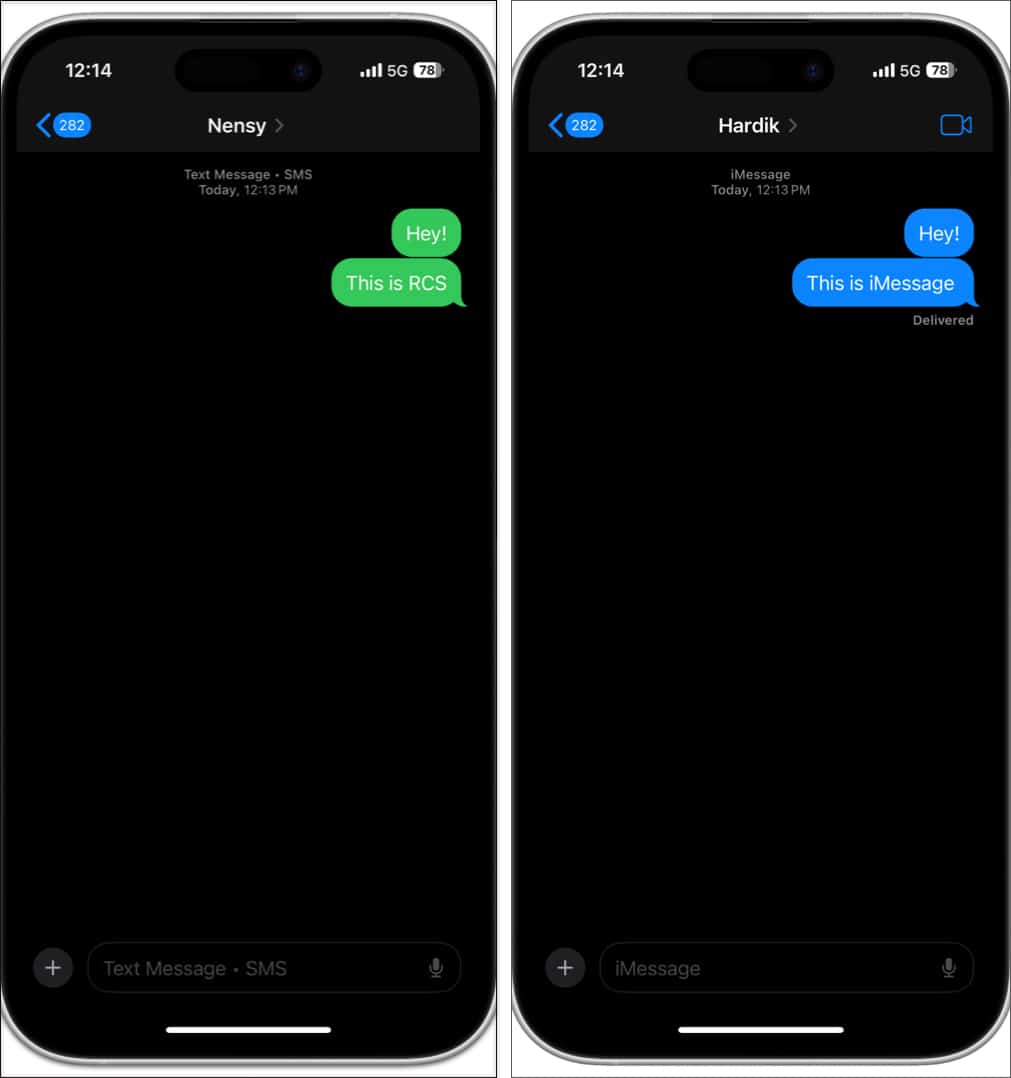
Various key factors, such as your device communication preferences, ecosystem, and more, can influence your choice between iMessage and RCS. Below is a quick comparison of all such factors.
Device compatibility
- iMessage: Exclusive to Apple devices such as iPhone, iPad, Mac, and Apple Watch. Thus, there is no way Android users can use it.
- RCS: It was primarily available on Android phones, but owing to EU regulations, Apple also adopted it in 2024 with iOS 18. So, unlike iMessage, RCS supports cross-device messaging.
Security & privacy
- iMessage: All chats in a one-on-one or group chat are end-to-end encrypted; not even Apple can access them. This shows Apple’s commitment to user privacy and security.
- RCS: Currently, end encryption is available only in one-on-one chats and Google Messages. Every other implementation of RCS isn’t end-to-end encrypted—at least for now.
Cross-platform support
- iMessage: Exclusive to Apple devices, messages sent to non-Apple devices are sent as traditional SMS and MMS unless RCS is enabled on your iPhone and your carrier supports it.
- RCS: Earlier, it was supported only on Android phones, but since Apple with iOS 18 has adopted it on iPhones, RCS is now cross-platform compatible. However, messages to and from the iPhone still appear as a green bubble.
Messaging features
- iMessage: Rich features like stickers, Animoji, Memoji, message effects, and seamless integration with Apple services (e.g. Apple Pay).
- RCS: Similar features, including read receipts, typing indicators, high-resolution media sharing, and interactive group chats.
While this quick comparison might have eased your confusion a bit, here’s what we at iGeeksBlog believe:
If you are an Apple user, along with all the people you chat with, there is no reason for you to switch to RCS. This is because, without a doubt, RCS is far behind iMessage in terms of security, features, and close-knit ecosystem. However, if you enjoy almost a similar experience while chatting with friends who don’t own iPhones, you should turn on RCS on iPhone and use it.
However, if you own an Android phone, you should definitely switch to RCS on Google Messages to enjoy almost all the iMessage features on Android. With the iPhone now supporting RCS, Apple is also said to be bridging the gap between RCS and iMessage.
Future of messaging services: RCS vs. iMessage
In the long run, RCS is undoubtedly positioned better due to its cross-platform dominance. iMessage, on the other hand, will remain premium and the go-to choice for Apple users worldwide (unless another European Union regulation kicks in, who knows?).
However, even the cross-platform capability would be useless if RCS fails to address its current limitations, such as encryption, carrier dependency, and regional inconsistencies. If RCS can solve these, it will surely become a universal standard for messaging across platforms, but yes, the blue-bubble green-bubble debate will still exist.
Enjoy a premium messaging experience…
While iMessage will continue to be Apple users’ first choice, the addition of RCS is a welcome upgrade for better cross-platform communication. It doesn’t matter if Apple made this addition to comply with EU regulations or already had it in the pipeline for iOS 18; it is the users who will benefit from it.
Which messaging protocol do you prefer and why? Do share your thoughts in the comments.
You might also like:
- iMessage vs. SMS on iPhone – What are the differences?
- How to use iMessage on Mac
- How to Fix RCS Messaging Not Working on iPhone






